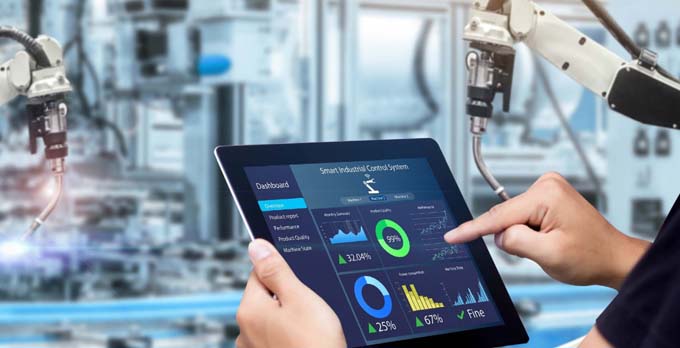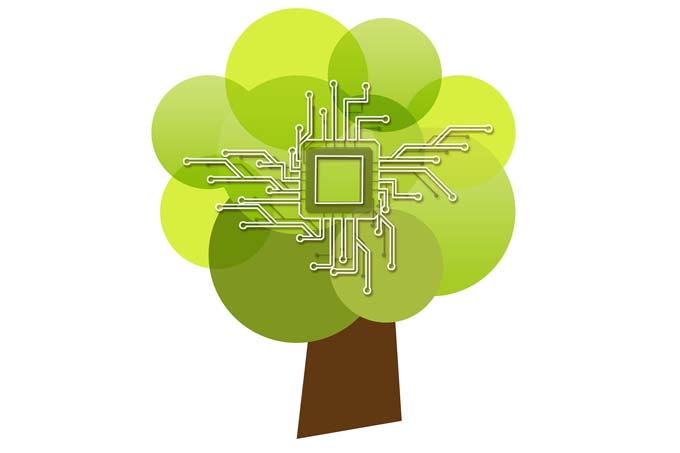What does "Lakehouse" actually mean?
Now that everyone is slowly trickling back into the working world after what feels like endless summer vacations, it would be easy to give in to temptation and dismiss the new buzzword "lakehouse" as a vacation memory or tale - but watch out, it's not. Even if summer vacations are slowly taking on French dimensions in the Swiss agency and marketing world, as author Frédéric Beigbeder describes in [...]

Now that everyone is slowly trickling back into work after what feels like endless summer vacations, it would be easy to give in to the temptation and dismiss the new buzzword "lakehouse" as a vacation memory or narrative - but watch out, it's not.
Even if summer vacations in the Swiss agency and marketing world are slowly taking on French dimensions, as described so beautifully and sarcastically by the author Frédéric Beigbeder in his 2001 novel "99 franc" (compulsory reading for young advertisers) and meanwhile last from the beginning of July to the beginning of September: You can't book a lakehouse on Airbnb, but rather it will (hopefully) fundamentally change marketing over the next few years.
If marketing would finally team up with technology
A data lakehouse is a data management architecture that combines the advantages of a traditional data warehouse and a data lake. Data warehouses were developed as early as the 1980s as high-performance storage tiers that supported so-called business intelligence (BI) and analytics independent of an operational transactional database. Data Lakes then came into vogue in the 0s because they were a cost-effective storage layer for unstructured and semi-structured data.
A data lakehouse now offers help thanks to easy access and support for enterprise analytics found in data warehouses, with the flexibility and relatively low cost of a data lake. Got it?
If not, they are part of the majority of Swiss marketers. And this is exactly the problem why Switzerland is still a developing country when it comes to marketing technology (martech). This is a pity, because the right use of martech not only offers almost endless possibilities to be creative, but also converts this very creativity into business-relevant results for the client.
Our industry would therefore do well if agency strategists, CMOs and CIOs perhaps cut their summer vacations a little short next year and instead thought together about a data lakehouse. That way, existing technology solutions would finally be understood as well, helping to leverage the multitude of opportunities for marketing purposes, from digital asset management and marketing automation platforms to chatbots and social media monitoring tools. Managing separate systems, as is unfortunately still the case in many companies, means not only investment costs, but also horrendous ongoing operating costs on both sides, not to mention the administration of two systems. And no one can afford that anymore. A lakehouse, on the other hand, can.
* Benno Maggi is co-founder and CEO of Partner & Partner. He has been eavesdropping on the industry for over 30 years, discovering words and terms for us that can either be used for small talk, pomposity, excitement, playing Scrabble, or just because.












 A worldwide survey by
A worldwide survey by 






 The "Brown Bag Series" format launched in June by HWZ Hochschule für Wirtschaft Zürich, Swiss Marketing Forum and AZ Konzept is aimed at executives in marketing and communications and is intended to impart specialist knowledge at university level with practical relevance.
In recent years, many companies have found that their marketing strategies are only partially suitable for situations in which the framework conditions change radically: Pandemic, war, problems in supply chains - hardly any company was really prepared for these challenges.
At the same time, customers expect companies to deliver on their value propositions, take a stance on political and economic issues, and even optimize their performance with innovations.
The talk will discuss how marketing strategies can be better aligned to uncertain times and how sustainable growth and innovation can be achieved even in this environment.
The moderator is Esther-Mirjam de Boer, CEO and Owner of GetDiversity. Panelists are Tanja Herrmann, Managing Director of the influencer and social media marketing consultancy WebStages, Cécile Moser, Head of Marketing & Communication at Jelmoli and Tobias Thut, Head of Marketing & Sales, Member of the Executive Board of Pilatus-Bahnen.
The "Brown Bag Series" format launched in June by HWZ Hochschule für Wirtschaft Zürich, Swiss Marketing Forum and AZ Konzept is aimed at executives in marketing and communications and is intended to impart specialist knowledge at university level with practical relevance.
In recent years, many companies have found that their marketing strategies are only partially suitable for situations in which the framework conditions change radically: Pandemic, war, problems in supply chains - hardly any company was really prepared for these challenges.
At the same time, customers expect companies to deliver on their value propositions, take a stance on political and economic issues, and even optimize their performance with innovations.
The talk will discuss how marketing strategies can be better aligned to uncertain times and how sustainable growth and innovation can be achieved even in this environment.
The moderator is Esther-Mirjam de Boer, CEO and Owner of GetDiversity. Panelists are Tanja Herrmann, Managing Director of the influencer and social media marketing consultancy WebStages, Cécile Moser, Head of Marketing & Communication at Jelmoli and Tobias Thut, Head of Marketing & Sales, Member of the Executive Board of Pilatus-Bahnen.